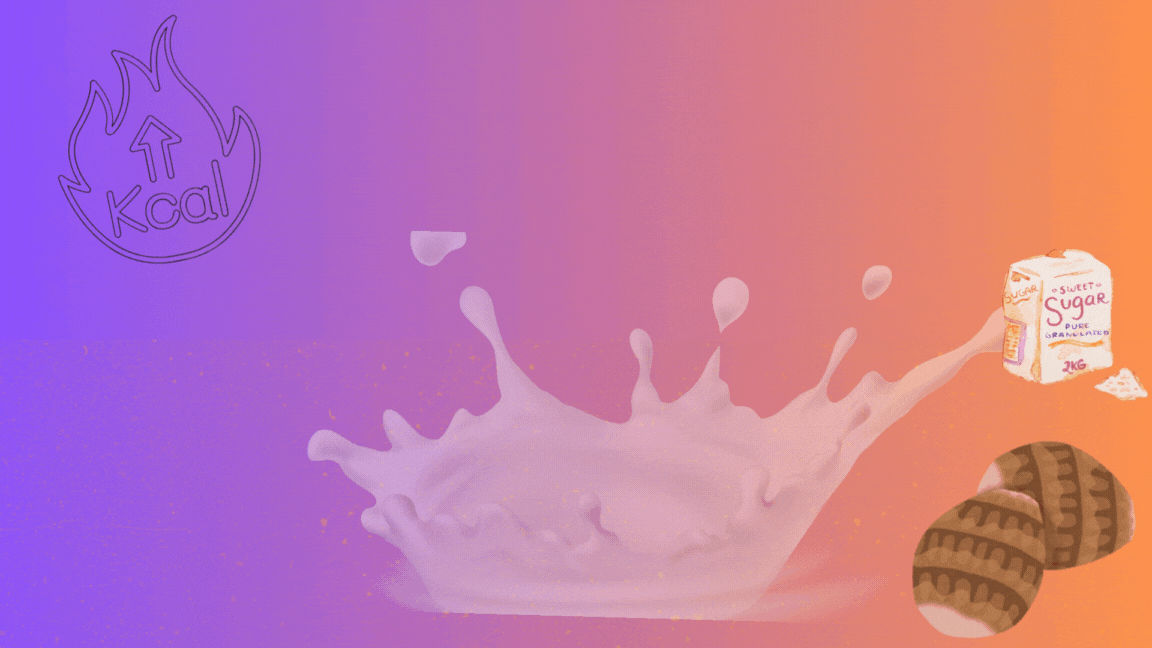
Over the past few years, taro paste has been highly sought after by consumers. However, do you know how "dangerous" the velvety and sweet taro paste can be?
Taro paste—a sugary variant of taro.
Taro belongs to the potato family, not only satisfying hunger and providing energy but also aiding in fat reduction and blood sugar control. It is low in calories, with approximately 56-85 calories per 100 grams, which is half that of rice. It has a slow glycemic index, typically ranging between 50-55, making it a low GI (low glycemic index) food.
But taro paste and taro are completely different. Many people mistakenly believe that taro paste is simply mashed taro. In reality, taro paste itself has no taste, and when sweetness is detected, a considerable amount of sugar has already been added. The recipe for taro paste involves mashing taro, sugar, milk, butter, cream and condensed milk.

On the market, the majority of taro paste recipes consist of 100% taro, 10% sugar, 10% butter, 10% condensed milk, and 10% cream. Taking a specific taro paste with added fats and sugar as an example, the calorie content per 100 grams soars to 230 calories, nearly three times higher than steamed taro, with a staggering fat content of 18%, making it a true calorie bomb.
The smoother the texture, the better the absorption, and the higher the glycemic index.
In order to make taro paste desserts more delicious, most dessert shop owners add sugar, butter, condensed milk, and other flavorings during the production process. Through machine stirring, sugar, oil, and milk are evenly incorporated into the taro paste.

The presence of butter and condensed milk not only enhances the creaminess but also aims to make the taro paste smooth, dense, and viscous for better absorption. In reality, the shinier and smoother the surface of the taro paste, the quicker its sugars and carbohydrates are absorbed by the body, causing blood sugar levels to fluctuate. For instance, a 700-gram cup of Fresh Taro Mochi Milk Tea can contain around 1600 calories, far exceeding the daily caloric intake of an average person.
Taro paste has a unique quality; its production process is complex and not easy to preserve. A beverage industry professional mentioned that many chain stores currently use frozen taro paste. In many pre-made taro paste products, ingredients added may not be limited to sugar, butter, and condensed milk but could include vegetable fat powder, colorings, and artificial flavors. It is worth noting that there are now many low-priced "pre-made taro paste" products in the market, often lacking food labels.
For taro paste enthusiasts, it is recommended to reduce consumption frequency, limit sugar intake in the days following consumption, prepare a homemade low-sugar version of taro paste using alternative sweeteners, and increase consumption of fresh vegetables and fruits to boost antioxidant intake.
(Source: CCTV News)
Related News:
After 46 years, Nezha takes the world by storm again: A tribute to China's classic animation legacy




















Comment